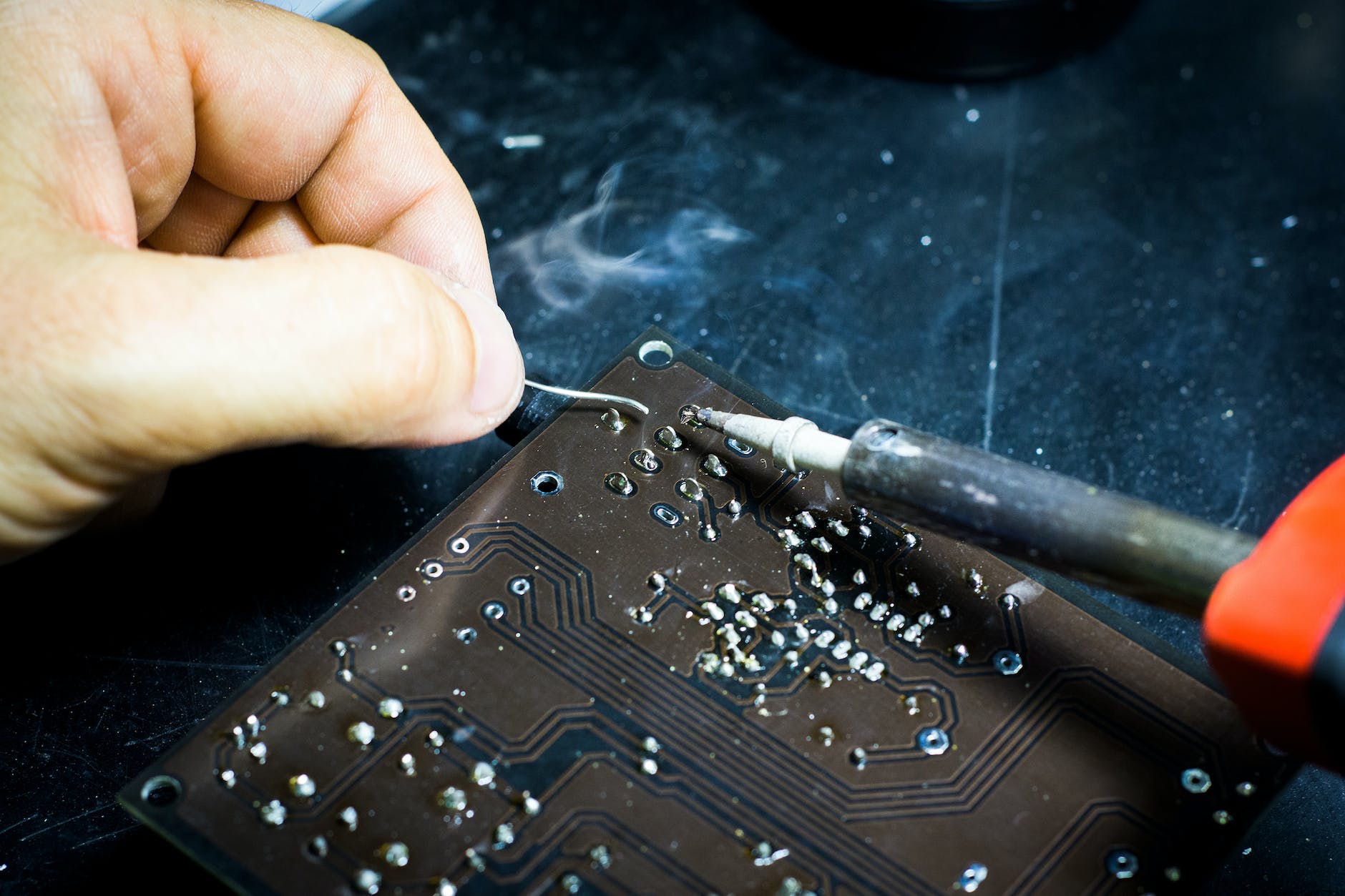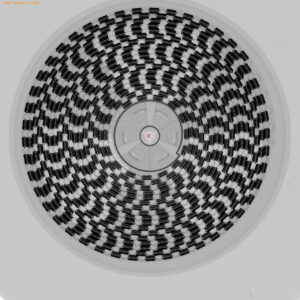What is ionic contamination?
An ionic contamination tester is a device used to measure the level of ionic contamination on a surface. It is typically used to test the cleanliness of electronic components and devices, such as printed circuit boards (PCBs), to ensure that they are free from ionic contamination that could interfere with their proper functioning.



Ionic contamination testers work by measuring the conductivity of a surface, which is a measure of the ability of the surface to allow an electrical current to flow through it. Ionic contamination on a surface can increase its conductivity by leaving a residue of charged particles, which can interfere with the normal flow of current in electronic components and devices. Ionic contamination testers can detect these charged particles and provide a measure of their concentration, which can be used to determine the level of ionic contamination on a surface.



Ionic contamination testers are used in a variety of industries, including electronics manufacturing, aerospace, and automotive, to ensure the cleanliness and reliability of electronic components and devices. They can be used to test a wide range of surfaces, including PCBs, connectors, switches, and other electronic components.
Ionic contamination test methods
There are several methods for testing for ionic contamination in electronic assemblies and devices. Some common methods include:

- Surface Insulation Resistance (SIR) Test: This test measures the electrical resistance of a surface and is used to detect the presence of ionic contamination on the surface.
- Ion Chromatography: This method uses chromatography techniques to separate and measure the concentration of ions in a sample.
- Coulombmeter Test: This test measures the electrical charge on a surface and is used to detect the presence of ionic contamination.
- Sodium Chloride Test: This test involves applying a solution of sodium chloride (salt) to a surface and measuring the electrical resistance of the surface. High levels of resistance indicate the presence of ionic contamination.
- Visual Inspection: A visual inspection of the surface can sometimes reveal the presence of ionic contamination, such as visible residues or discoloration.
- Atomic Force Microscopy (AFM): AFM is a technique that uses a very sharp probe to scan a surface and create a high-resolution image. It can be used to detect the presence of ionic contamination on the surface of an electronic assembly or device.
Resistivity of solvent extract
The resistivity of a solvent is a measure of its ability to conduct electricity. Solvents with high resistivity, or high electrical resistance, do not conduct electricity well and are said to be non-conductive. Solvents with low resistivity, or low electrical resistance, conduct electricity well and are said to be conductive.
The resistivity of a solvent is typically measured in ohm-meters (Ω⋅m). It is determined by the concentration of ions in the solvent and their mobility. Solvents that contain a high concentration of ions or have ions that are highly mobile will have a low resistivity, while solvents that contain a low concentration of ions or have ions that are not very mobile will have a high resistivity.
The resistivity of a solvent can be affected by temperature, pressure, and the presence of other substances. Some common solvents and their approximate resistivities at room temperature (25°C) are:
- Water: 18 MΩ⋅m
- Acetone: 20 kΩ⋅m
- Ethanol: 8 kΩ⋅m
- Isopropanol: 3 kΩ⋅m
- Methanol: 2 kΩ⋅m
Solvent extraction is a process in which a solvent is used to extract a desired compound from a mixture. The resistivity of the solvent can be an important factor in the effectiveness of the extraction process, as it can affect the solubility of the compound being extracted.
IPC standards for ionic contamination testing
IPC (Institute for Interconnecting and Packaging Electronic Circuits) is a trade association that develops standards and guidelines for the electronics industry. One of the standards developed by IPC is IPC-1601, which covers the handling and storage of PCBs (printed circuit boards) and other electronic assemblies to minimize contamination during manufacturing and assembly processes.
IPC 1601
There are several methods for testing and measuring ionic contamination, including wipes testing, rinse testing, and surface resistance testing. Wipes testing involves wiping a PCB or other electronic assembly with a wetted swab and measuring the conductivity of the resulting solution. Rinse testing involves rinsing a PCB or other electronic assembly with deionized water and measuring the conductivity of the rinse water. Surface resistance testing involves measuring the resistance of a PCB or other electronic assembly to electrical current flow.
IPC-1601 specifies requirements for the control of ionic contamination on PCBs and other electronic assemblies. It provides guidelines for testing and measuring ionic contamination levels, as well as standards for acceptable levels of ionic contamination on PCBs and other electronic assemblies.
IPC-1601 specifies acceptable levels of ionic contamination based on the type of electronic assembly and the intended use of the assembly. For example, ionic contamination levels may be more stringent for medical devices than for consumer electronics.
It’s important to control ionic contamination in the manufacturing and assembly of electronic devices because high levels of ionic contamination can cause electrical problems, such as increased resistance and decreased performance, and can also affect the reliability and lifespan of electronic devices.
4 reasons for ionic contamination test
- To ensure the proper functioning of electronic devices: Ionic contamination can cause problems with the performance and reliability of electronic devices. It can cause electrical shorts, corrosion, and other issues that can interfere with the operation of the device. Testing for ionic contamination can help identify and address these problems before they cause serious damage or failure.
- To meet industry standards and regulations: Many industries have strict standards and regulations in place to ensure the quality and safety of electronic devices. These standards often require testing for ionic contamination to ensure that devices meet certain performance and reliability standards.
- To prevent costly repairs or replacements: Ionic contamination can cause serious problems with electronic devices over time, leading to costly repairs or even replacements. By identifying and addressing ionic contamination early, you can avoid these costly repairs and extend the lifespan of your devices.
- To improve product quality: Testing for ionic contamination can help ensure that your products meet the highest standards for quality and reliability. This can help improve customer satisfaction and reduce the risk of returns or complaints.


